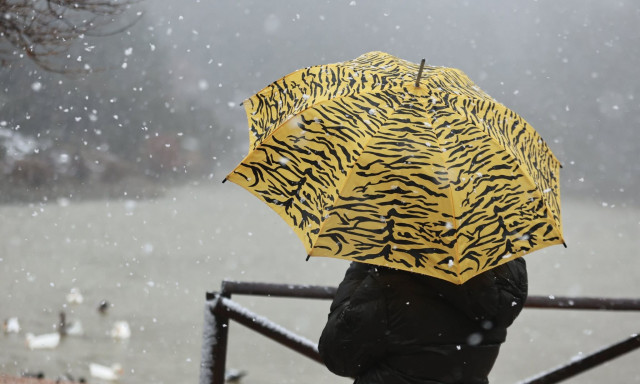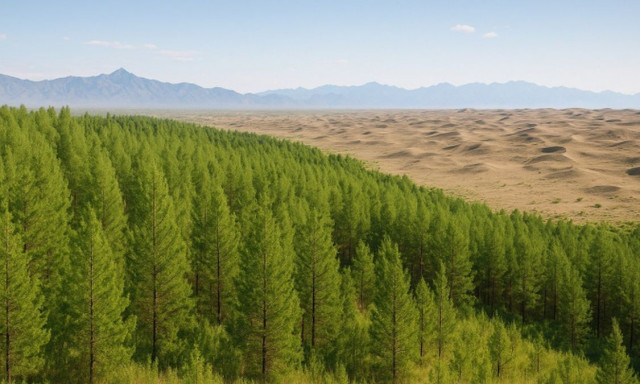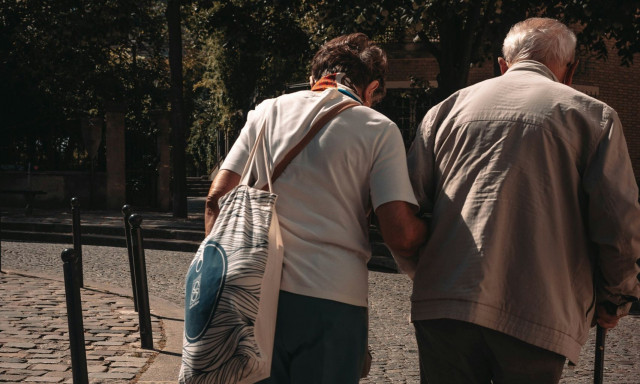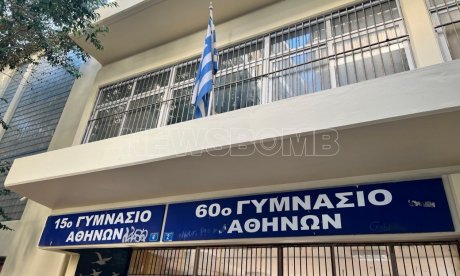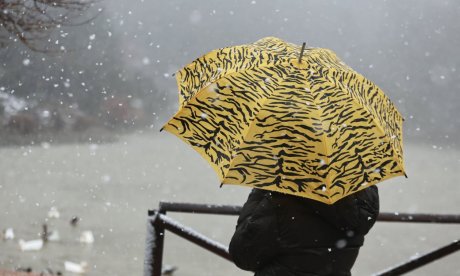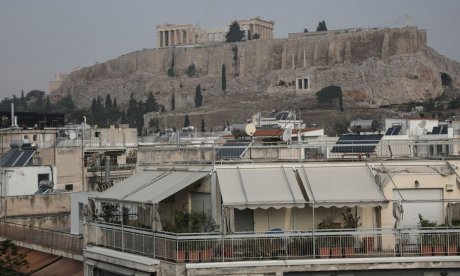Amphipolis: The Sphinxes reveal the Egyptian secret
"We were shocked when we saw the photos of the excavation", say Greek sculptors - Still open remains the question of whether the tomb was looted

There is evidence in the tomb that ... shows Egypt and that has nothing to do with its huge volume, which refers to burials of Pharaoh.
As experts argue, the sealing of the tomb is of Egyptian form and indeed is unique so far.
According to the newspaper "Eleftheros Typos", the archaeologists argue that the monument was built and then up the antechamber and the burial chamber "was filed" with dirt and sand to block it completely from potential robbers.
Originally behind the sphinxes there was a place covered with dirt, that made archaeologists to afraid that the monument has suffered extensive damage over time and that there was some precipitation.
Until now, all show that the missing parts were merely holes through which the tomb was filling by sand.
Thus, reinforced the view that the tomb, (at least during the ancient times), remained undisturbed.
The admiration of the Greek sculptors
Three sculptors, who in one way or another have an affinity with ancient sculptures through their own activities, expressed their admiration for the excavation, in the newspaper "Kathimerini".
Aphrodite Liti was for 22 years a museum sculptor, before becomes a professor in ASFA. She also worked at the National Archaeological Museum for the preservation, promotion and presentation of sculptures.
Seeing the Sphinxes said: "I was shocked when I saw the pictures of the excavation. The two sphinxes create a kind of magnetism between them. After all, this mythical creature embodies the wisdom, strength and mystery, is exuding an awesome aura."
His admiration expressed the sculptor Theodoros Vasilopoulos, a retired emeritus professor of Fine Arts, who has taught Plaster and copper casting.
During this period he designed a monument to the fallen Arcadians in World War II, which has the emblematic figure of a lion. For the purpose of constructing, he carefully studied both the Lion of Chaeronea and the Lion of Amphipolis: "These are masterly sculptures, made from a hand that had a sense of artistic integrity. I feel that finally will be solved the riddle of the lion which I study and will take his place in history, "he says.
Praxiteles Tzanoulinos also felt very excited. He has touched ancient sculptures and objects, on the excavations of the Athens metro, in ancient Eleutherna and in Kos
He has a special bond regarding Amfipolis, as he says "I often visited Amfipolis, I used to go to the museum and stood in front of Leo. I understand that hides many more than it reveals. Seeing the forms of sphinxes, these otherworldly creatures with simple and impressive design, let our soul be seduced by this inextricably riddle. If we accept that single debris of this ancient era has its significance, imagine how important this finding is. Everything indicates that this is a great work of sculpture and architecture. I feel the emotion that each Greek fragment transmits, as revealed through the soil of the homeland, buried deep, deep-rooted."
